Environmental Health:
A Shared Destiny with Humanity
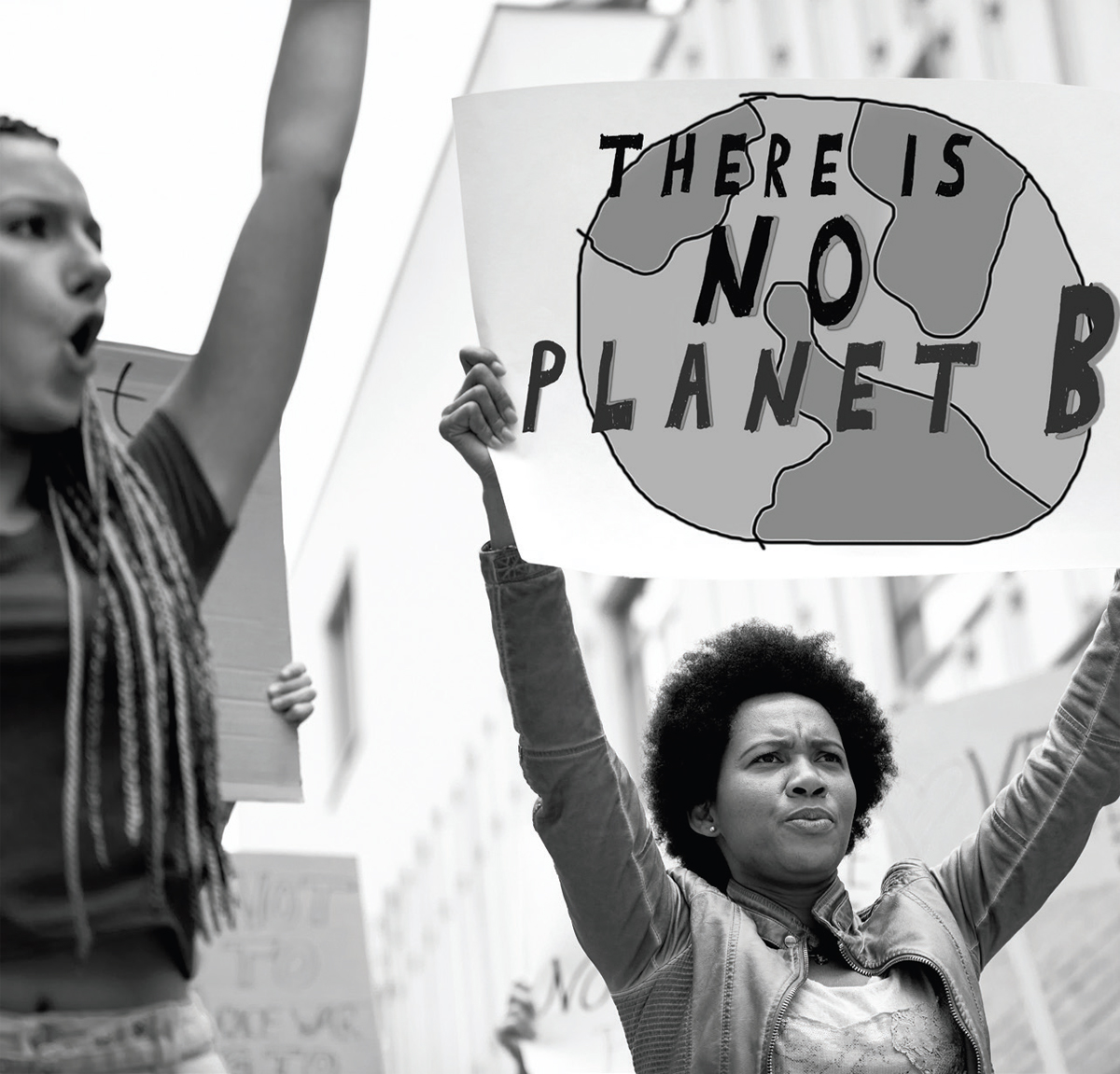
Occurring barely 1 year after a massive oil spill fouled the beaches of Santa Barbara, California, the first Earth Day on April 22, 1970, highlighted a growing recognition of the impacts of environmental pollution on human health. Since then, the United States and other nations have made substantial progress on many acute environmental problems, including acid rain, the ozone hole, and ground-level air pollution. But more pernicious threats, such as climate change caused by greenhouse gas emissions and the pressures imposed on the environment by a growing population, have continued to mount.

1970
Protecting Resources to Protect People
The 1960s were marked by heavily publicized environmental disasters, including an oil spill that coated beaches in California and an Ohio river so polluted that it burst into flames. In 1970, in response to deepening public concern about air and water pollution, chemical contaminations, and dwindling resources, the federal government created the Environmental Protection Agency (EPA) to enforce laws that protect the environment and public health. One of the EPA’s first actions was to set air quality standards and guidelines on emissions under the Clean Air Act.

1972
Reducing Pollutants in American Waters
Growing public awareness and concern about water pollution led to sweeping amendments to the Federal Water Pollution Control Act, which became known as the Clean Water Act in 1972. At the time, only about one-third of the nation’s waterways were safe for fishing and swimming. The Clean Water Act established regulations for the discharge of pollutants into water, set wastewater standards for industry, and protected quality standards for drinking water, among other actions. Today, the Office of Water at the Environmental Protection Agency ensures that drinking water is safe; restores and maintains oceans, watersheds, and their aquatic ecosystems to protect human health; supports economic and recreational activities; and provides healthy habitats for fish, plants, and wildlife.
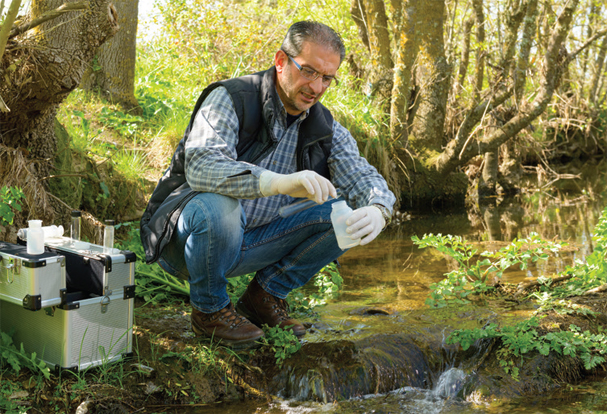
1980
Protecting Communities from Toxic Waste
In the late 1970s, the media began reporting on a rash of mysterious illness, miscarriages, and birth defects in a community outside Niagara Falls. Investigations revealed that chemicals from a sealed dump site under the town, known as Love Canal, had been seeping into the homes of residents. Public outrage over the Love Canal disaster helped spur the Comprehensive Environmental Response, Compensation, and Liability Act of 1980. Colloquially known as the Superfund law, the act oversees the investigation and clean-up of sites with hazardous waste. As of 2020, there were over 40,000 Superfund sites across the country. Internationally, the Basel Convention on the Control of Transboundary Movements of Hazardous Wastes and their Disposal was adopted in 1989 and entered into force in 1992.

1987
Eliminating Ozone-Destroying Chemicals
In the 1970s, evidence began to emerge indicating that chlorofluorocarbons (CFCs), chemicals being used in everyday household products such as air conditioners and refrigerators, were depleting the Earth’s protective ozone layer and increasing the level of ultraviolet (UV) radiation reaching the Earth’s surface. Increased ultraviolet radiation is associated with a greater prevalence of skin cancer and cataracts, reduced agricultural productivity, and disruption of marine ecosystems. Adopted in 1987, the Montreal Protocol, which is the only United Nations treaty that has been ratified by every nation on Earth, has been phasing out the production and consumption of nearly 100 ozone-depleting substances, including CFCs. The treaty has spurred global investment in alternative technologies and has allowed stratospheric ozone levels to begin to recover.
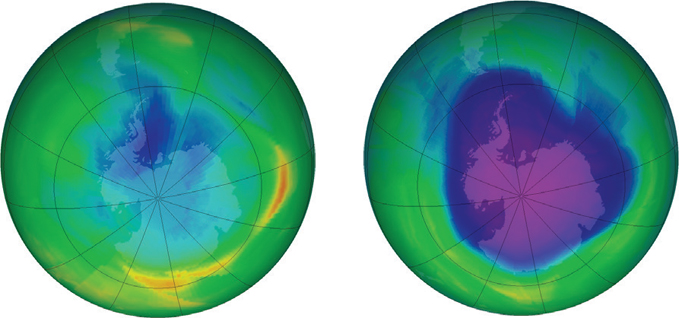
1992
Revealing the Dangers of Secondhand Smoke
Following the 1964 release of the U.S. Surgeon General’s Report on Smoking and Health, awareness of the unparalleled toll of death and disease among smokers grew substantially during the 1970s and 1980s. In 1992, a report from the Environmental Protection Agency declared that inhalation of secondhand tobacco smoke was responsible for up to 3,000 lung cancer deaths annually in nonsmokers in the United States. In addition, the report found a relationship between “passive smoking” and increased rates of asthma and respiratory illness in children. The report spurred a significant uptick in indoor smoking bans across the country. As of 2020, 27 U.S. states had enacted comprehensive laws forbidding smoking in restaurants, bars, and businesses. However, tobacco use remains responsible for the deaths of about 6 million people globally, of whom 10 percent are estimated to die from the effects of secondhand smoke.

2005
Hurricane Katrina Exposes Health Disparities
Hurricane Katrina helped reveal the many unique vulnerabilities facing residents of the U.S. Gulf Coast from recurring natural and technological disasters. The direct health effects, food instability, unhealthy living environments, financial crises, and other impacts of the disaster aggravated existing economic, environmental, and health-related disparities in Louisiana and wreaked the most harm among already vulnerable populations, including children, minority groups, and people in low socioeconomic classes.

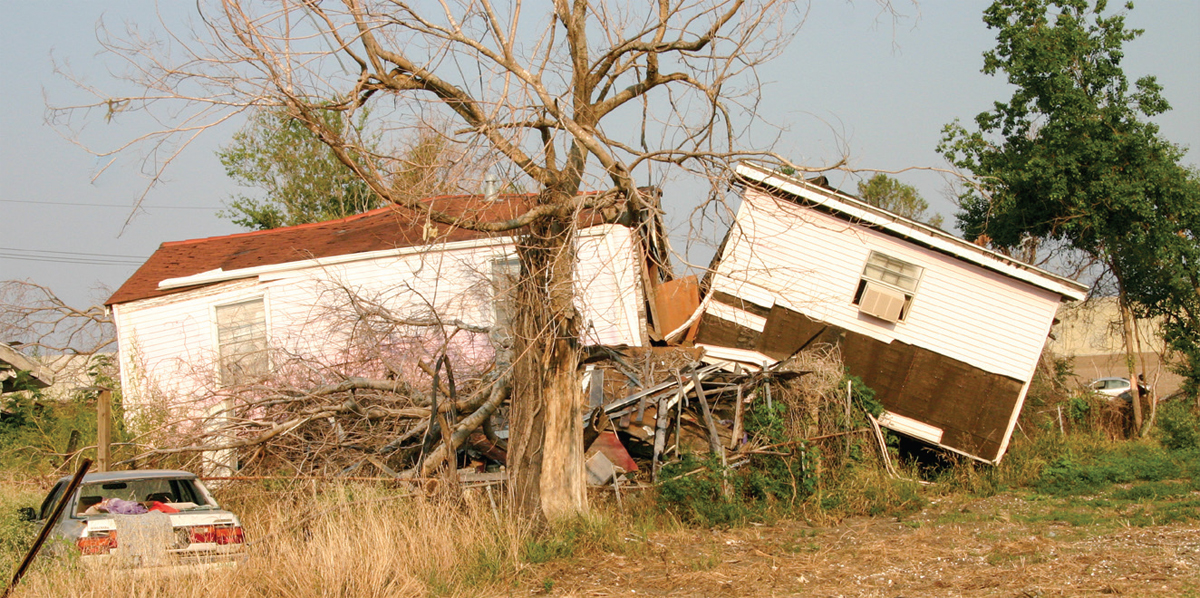
2014
The Flint Water Crisis Brings Environmental Health Inequity to the Fore
In 2014, corroded supply pipes began contaminating drinking water in the city of Flint, Michigan, exposing residents to high levels of heavy metal neurotoxins and further emphasizing the large number of environmental hazards that affect disadvantaged communities. City officials were slow to respond, initially dismissing the concerns of residents—the majority of whom are Black, with many living in poverty. Following state and federal emergency declarations in 2016, replacement of Flint’s waterlines began, but questions about water quality persisted.

2015
International Agreement to Slow Climate Change
Climate change caused by greenhouse gas emissions poses a direct threat to human health through extreme weather events, impacts on food and water quality, the spread of disease, and more. The 2015 Paris Climate Agreement set the goal of limiting warming in the 21st century to less than 2 degrees Celsius above pre-industrial levels while pursuing means to limit the increase to less than 1.5 degrees. The United States and other nations have agreed to cut their emissions but will need to pursue much more aggressive actions for the goal to be realized.
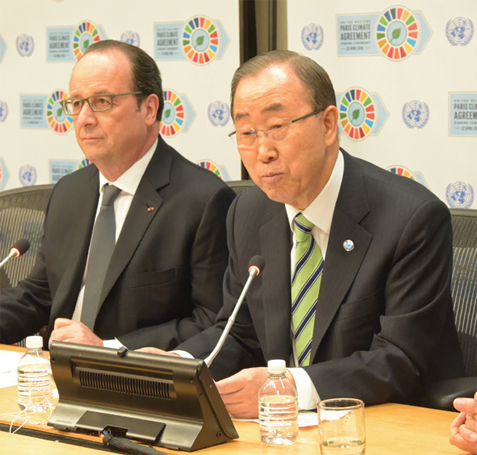
2020
A Climate Countdown
The 2020 report of the Lancet Countdown on Health and Climate Change, an international collaboration that monitors the health consequences of climate change, warned that continued climate change poses a major threat to global food security, to infectious disease transmission, and to the habitability of many regions of the planet. The interconnectedness of human and environmental systems requires global efforts, the report stated, to strengthen health care systems, invest in local communities, and ensure universal access to clean air, safe drinking water, and nourishing food. Recognizing that climate change is among the most important and urgent global health threats and opportunities of the 21st century, the National Academy of Medicine launched a Grand Challenge on Climate Change, Human Health, and Equity in 2021, a multiyear global initiative to improve and protect human health, well-being, and equity by working to transform systems that both contribute to and are impacted by climate change.


Ensuring that the world remains habitable will require sustained and coordinated efforts on an entirely different scale than those currently under way. Technological innovations are available to address imminent crises, such as electric vehicles, energy-efficient infrastructure renewal, and biodegradable alternatives to plastics, but these and many other innovations need to be adopted much more broadly to avert disaster.




